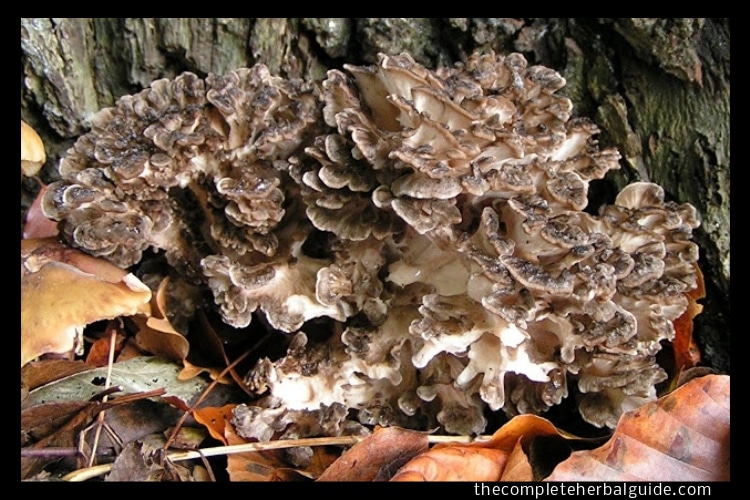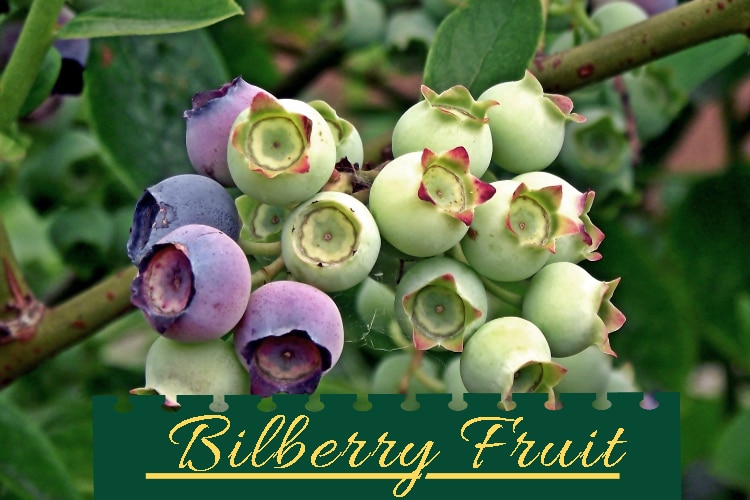
Medicinal Uses & Benefits of Marjoram Leaf
Marjoram Leaf is an aromatic tonic (and important condiment) that is a pleasant means to good digestion. It eases colic, sour stomach, stomach pains and menstrual cramps and is also an effective expectorant that loosens phlegm in the lungs and alleviates a sinus headache, bronchitis, dry coughs and the symptoms of colds and flu. Marjoram is also a natural disinfectant, anti-inflammatory, antifungal and antioxidant that effectively relieve pains and aches.
Plant Description:
 Sweet Marjoram is a half-hardy annual that is native to southern Europe (probably Portugal) and can be found in North Africa, the Balkans and the Middle East, and has also been introduced throughout Europe and into North America. Sweet Marjoram Leaf has a more delicate flavor than its close cousin, Origanum vulgare (oregano or wild marjoram), and possesses very similar medicinal properties, often being used in a similar manner. It is even sometimes confused with it. This herb Leaf is a bushy plant with small, dark green leaves and flowers that resemble little knots, hence, one of its common names, Knotted Marjoram, and the plant generally reaches about one foot in height, thriving in well-drained-to-dry, and neutral-to-alkaline soil in full sun.
Sweet Marjoram is a half-hardy annual that is native to southern Europe (probably Portugal) and can be found in North Africa, the Balkans and the Middle East, and has also been introduced throughout Europe and into North America. Sweet Marjoram Leaf has a more delicate flavor than its close cousin, Origanum vulgare (oregano or wild marjoram), and possesses very similar medicinal properties, often being used in a similar manner. It is even sometimes confused with it. This herb Leaf is a bushy plant with small, dark green leaves and flowers that resemble little knots, hence, one of its common names, Knotted Marjoram, and the plant generally reaches about one foot in height, thriving in well-drained-to-dry, and neutral-to-alkaline soil in full sun.
History:
The Greeks gave us its botanical name, Origanum, which is derived from oros and ganos, meaning “joy of the mountain,” and those traveling through Greece will find it (and wild Marjoram) covering the hillsides and scenting the summer air. Legend tells us that sweet Marjoram was created by Aphrodite as a symbol of happiness, and bridal couples in Greece and Rome were crowned with its garlands to ensure a happy marriage.
This highly fragrant herb was also placed on tombs to give peace to departed spirits. In ancient Greece, Marjoram was used in oils to massage into the skin to relieve pain, and Aristotle recommended it as an antidote for poisoning, claiming that tortoises swallowing a snake would immediately eat wild Marjoram as an antidote to prevent death. The ancient Egyptians also knew of its power to heal, using it to disinfect, preserve and heal wounds, and it is used in that country for the same purposes to this day. In medieval times, herbalists prescribed Marjoram oil for a toothache, and sixteenth and seventeenth-century herbalists recommended it as an internal aid to digestion and as a diuretic.
Throughout history, Marjoram Leaf has been used in preserving food and in remedies for colds and sore throats, and dried Marjoram Leaf was popular as snuff. Sweet or Knotted Marjoram is considered by many cooks to be far better than wild Marjoram (oregano), and the leaves are highly popular in Italian and Greek cuisine and also used to flavor oil and vinegar.It is often infused in healthful teas, and its fragrance is placed on pillows to promote sleep, in moth bags to deter moths, in potpourris for its fragrance, on hair and skin for its sweet scent and added to bathwater to relieve tension and rheumatic pains. Marjoram Leaf is rich in flavonoids and volatile oils, notably carvacrol and the powerful antiseptic, thymol, gallic acid, caffeic acid, saponins and tannin.
Medical Uses:
Marjoram Leaf is an expectorant that has long been used to loosen and expel phlegm from the lungs. Because of its saponin content, it is a fine decongestant that is very useful for bronchial complaints, especially relieving congestion and mucus in the chest and sinuses. Marjoram Leaf helps to ease asthma, bronchitis, dry coughs, and sinusitis and sinus headaches.As a mild tonic for the nervous system, Marjoram Leaf is thought to be more relaxing than oregano, and it is used to soothe the nerves, reduce tension and mitigate stress, especially environmental stress. The flavonoids possess sedative qualities that help to relieve insomnia, tension headaches, and migraines.Marjoram Leaf promotes healthy digestion and treats simple gastrointestinal disorders, such as loss of appetite, indigestion, nausea, and flatulence. It is said to act like peppermint in the way it soothes minor digestive upsets and colic.The flavonoids and saponins in Marjoram Leaf are thought to promote healthy arteries and heart. Laboratory experiments claim that it prevents cholesterol buildup, improves blood circulation and may reduce high blood pressure.
These properties may also be helpful in combating Alzheimer’s disease.Marjoram Leaf contains caffeic acid, a phenylpropanoid, which is an analgesic and anti-inflammatory, and when used internally or externally, the leaf eases pain, confirming its age-old use for alleviating aches and pains. Used externally, it eases toothache pain, rheumatic pain, muscular pain, bruises, arthritis, sprains and stiff joints.Used internally, Marjoram Leaf eases severe stomach cramps, spasms and painful menstruation (and will also stimulate suppressed menstruation).As a mild diuretic, Marjoram Leaf will promote the flow of urine, helping to relieve stomach bloating and clearing the body of toxins and cleansing the blood. This action is also said to benefit eruptive diseases and skin disorders, particularly eczema.Marjoram Leaf is also a diaphoretic and stimulates perspiration, which also helps to rid the body of toxins through the skin. Moreover, this quality assists in reducing fevers and helps to relieve cold and flu symptoms.Marjoram Leaf is considered a natural disinfectant, antiseptic, antifungal and antibacterial that possesses healing qualities and combats infection.
The saponins are said to help heal wounds and prevent scarring.The flavonoids in Marjoram Leaf are believed to have an antioxidant effect against the free radicals that can damage important cellular molecules or other parts of the cell.Marjoram Leaf can be infused as an aromatic tea for colds, headaches, simple gastrointestinal disorders and tension.






